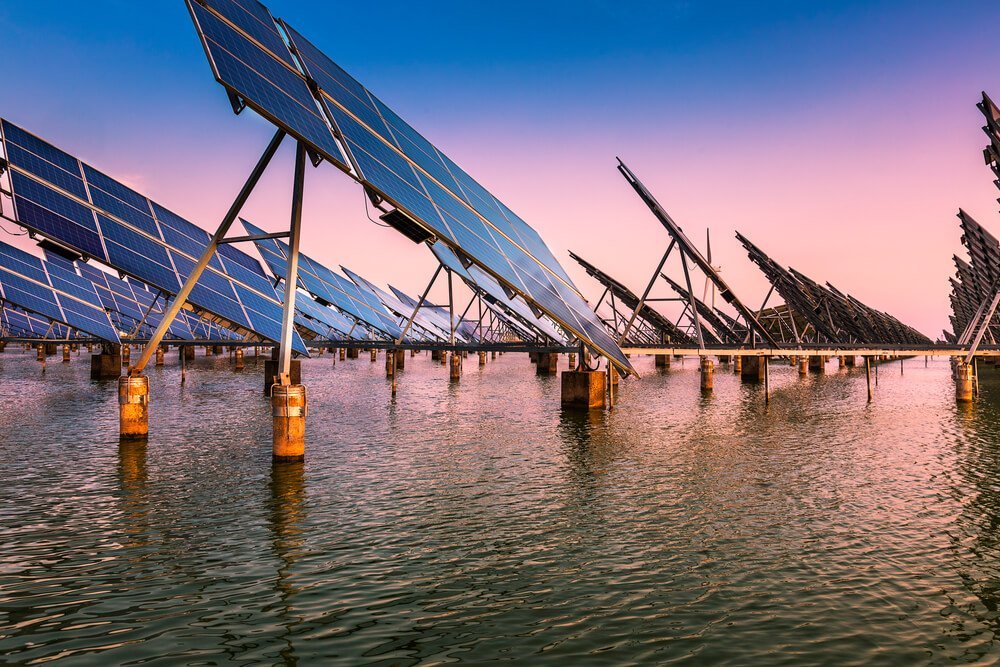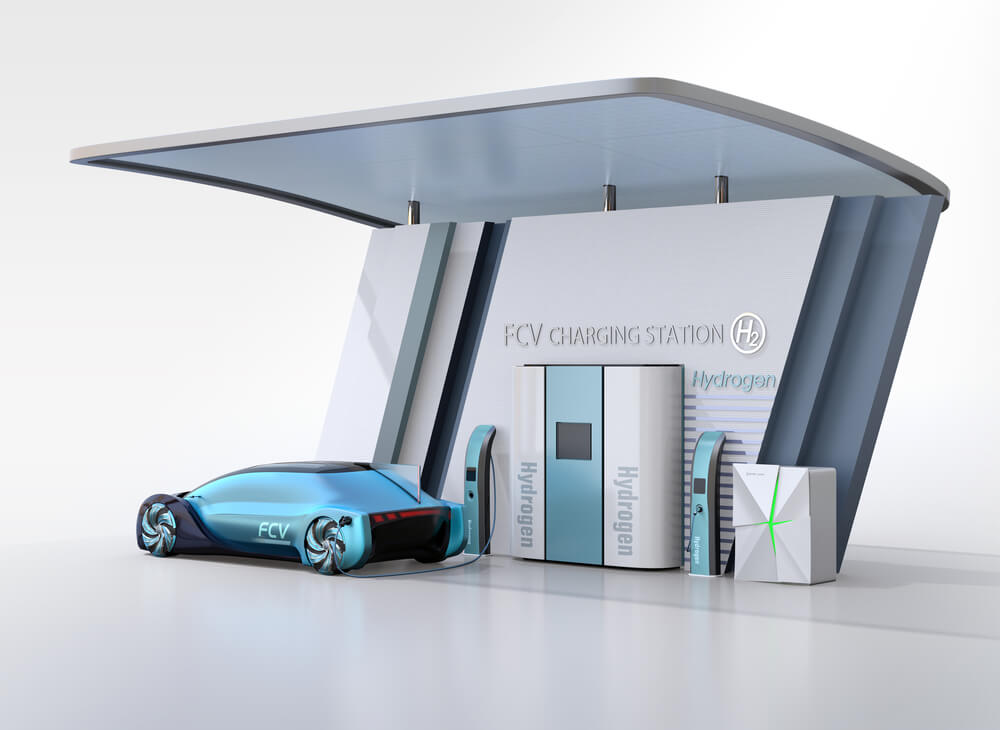Energy resource topics are always centered around money. Finance plays a crucial role in every decision we make, of course.
Renewable energy costs reached a historic low in 2021.
Wind and solar energy are now some of the cheapest renewable energy sources in the world.
And, according to experts, more historic lows to come in a few years.
Even with the recent advancement in the tech world, a lot of us are still starved of the right info about renewable energy costs.
This post discusses the cheapest renewable energy source and compares their costs.
What Is The Cheapest Renewable Energy Source?
Simply put: hydroelectric power remains the cheapest renewable energy source with an average cost of $0.05 per kilowatt-hour.
This renewable energy source is the cheapest because:
Its infrastructure has been around for a while
It produces consistent electricity
We’re also excited to inform you that wind power now comes affordably at between $0.04- $0.06 per kWh which makes it cheap in certain areas.
Comparing Renewable Energy Cost
To compare the cost of renewable energy, we’ll need to apply the Levelized Cost of Energy, also called the LCOE system.
With this system, we can easily and efficiently compare costs associated with running, building, maintaining, and managing the finance of a power plant. Each energy source will be valued in US dollars per megawatt-hour.
Onshore wind energy
Onshore wind energy is valued at $44 per megawatt-hour which is a price decline up to 10%, unlike 2019 when it was at an all-time high.
Offshore wind power
In a Bloomberg green report, offshore wind records a global LCOE of about $78 per megawatt-hour. Upcoming offshore wind projects in places like Denmark and Netherlands may record a further decline of up to $53-64 per megawatt/hour (Transmission exclusive)
Solar photovoltaics
Solar power also experiences a 4% drop in price to $50 per megawatt-hour for the past two years. This is the average figure in most places, with a little decline in countries like Brazil, China, and the U.S. Cost of equipment has reduced. Renewable technologies have advanced. The government is beginning to implement solar solutions to fight climate change.
Concentrated Solar Power
CSP is currently averaged at $182 megawatt/hour which makes it the most expensive renewables around.
Obviously, the higher price and a higher reliability level of CSP make it a top contender with fossil fuel. Its reliability is not on the same level as other renewables.
The price of Concentrated Solar Power is likely to drop in the future. Maybe in the next decade.
Hydropower
Hydropower is currently providing electricity cheaper than fossil fuels. The average cost of hydropower electricity is cheaper than the cost of the cheapest fossil fuel between 2010-2021.
Geothermal energy
A few years ago, approximately 500 MW of geothermal energy was generated. Geothermal is incredibly productive in areas with extreme temperature resources, delivering all-around-the-clock power.
New Geothermal plants cost around 72 per megawatt/hour, making it 1% lower than last year.
While the cost is on the higher side than wind energy, it’s an investment that’s worthwhile and worth it in the future.
The lifespan will depend on how the geothermal wells perform and how the production wells are maintained.
Bioenergy
The average global electricity cost in 2018 was 14% lower than the previous year at 62 a megawatt/hour.
Bioenergy capacity varies among countries depending on the availability of feedstock which can be significantly affected by seasonal or all-year availability.
Why Is Renewable Energy Getting Cheaper?
Renewable energy costs have dropped in the past few years for many reasons. Let’s explore a few;
Demand surge
The decline in renewable energy prices is due to the rise in demand. As demand continues to increase, companies decide to cut the price of renewable energy, which further increases demand.
Research
Research also plays a critical role. When facts, statistics, and results about a new energy innovation show up, industries, corporations, and governments usually show interest to invest in them. That’s why fossil fuel remains heavily relied on; companies don’t trust and are unwilling to invest in new innovation that’s not research-backed.
Financial factor
The financial element is also a crucial factor. Although sustainability is the driving force behind customer’s love for renewables, it’s the finance that attracts companies and the government.
A governmental body that foresees that renewables will benefit the people financially in decades to come will happily invest in renewables.
Which Is Cheaper Between Renewable And Nonrenewable Energy?
When we divide renewable energy costs based on capital, maintenance, fuel, and operation, we notice lots of differences in these resources.
Wind energy, solar power, and geothermal energy may be a little expensive to set up at first. But, in the end, their fuel consumption, maintenance, and operation are low.
Solar and wind energy are now an active contender with fossil fuels, offering multiple benefits to health and the environment.
However, they’re still far behind fossil fuels in terms of consistency.
Therefore, it’s near-impossible that solar and wind energy will completely take over non-renewables.
Here’s the disheartening part; power companies are proactively looking for possible ways to use renewables to provide more value to the grid.
What Makes Renewable Energy A Cheaper Option To Nonrenewables?
While setting up a renewable energy source may require a little bit more investment, thankfully, prices are dropping.
The cost of solar PV sites, geothermal sites (etc), and wind farms are becoming a little affordable.
More thanks to government interference in this industry through energy subsidies.
The government compensates businesses using sustainable power sources with subsidies to encourage their environmental suitability approach.
These subsidies help cut down the costs associated with implementing renewable energy sources.
Transitioning into renewable energy is crucial if we want to reduce the damage our actions are causing the environment daily.
Renewables like wind power are sustainable to the environment; wind turbines can be set up anywhere without interfering with the environmental process or disturbing anyone.
Among other environmentally favorable renewables, wind power creates the least disruption to the environment.
What’s more, wind energy offers job opportunities, scales economies, and facilitates the release of toxic elements into the air.
Wind energy, in 2019, prevented emissions from over 4 million cars. Wind farms cut costs on tax.
Sustainable energies like wind energy come with many benefits, and you can contribute to the demand for this energy technology from home.
Which Renewable Energy Is The Most Expensive?
This has been a hot topic for debate, and it’s between two energy sources: solar energy and tidal energy.
Decades ago, technological requirements and efficiency issues skyrocketed the cost of solar setup.
However, as efficiency improves and technology continues to advance, the cost will reduce, yet remain the most expensive.
Keep in mind that while solar averages $0.10 per kWh, fossil fuel stays between $0.05 and $0.17 per kWh.
When it comes to installation cost, Tidal energy is the most expensive. Undoubtedly. But users claim that the maintenance cost is comparatively low.
Bottom line
Although renewable energy cost is generally at a historic low, wind and solar remains some of the cheapest after hydroelectric power. Dividing renewable energy costs based on capital, maintenance, fuel, and operation, there are lots of differences in these resources.
Wind energy, solar power, and geothermal energy may be a little expensive to set up at first. But, in the end, their fuel consumption, maintenance, and operation are low.






